Colombia‘s Coffee Axis is undoubtedly the most renowned route in the country. Also known as the Coffee Triangle and Eje Cafetero, this tourist circuit meanders through the region that produces most of Colombia’s coffee.
The geographical definition of the Coffee Axis varies depending on whom you ask. Not all coffee-growing areas are part of the Axis, nor are all areas within the Axis exclusively dedicated to coffee cultivation. However, it’s commonly agreed that the Caldas, Quindío, and Risaralda departments form the Coffee Triangle’s core.
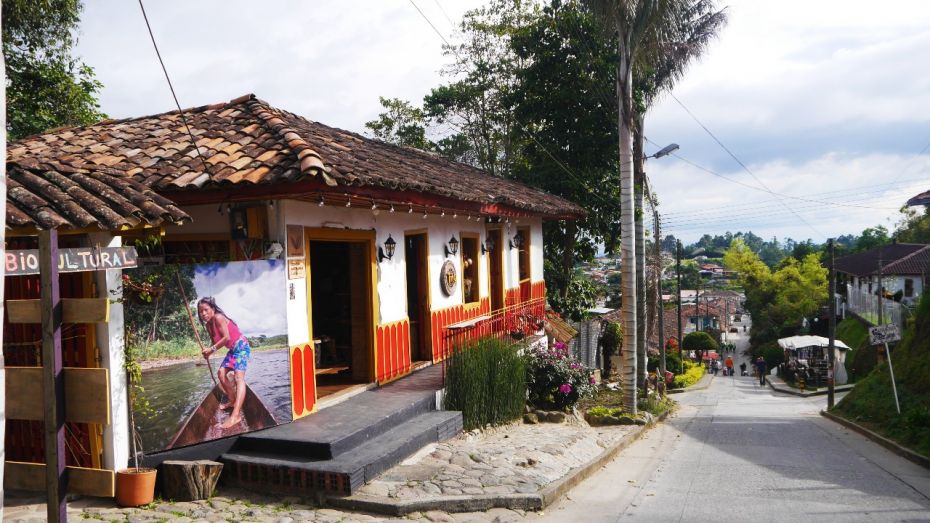
Other coffee-growing areas usually associated with the Eje Cafetero include the departments of Tolima, Antioquia, and the northern part of Valle del Cauca.
The Coffee Axis extends through the central region of Colombia, in the central and western foothills of the Andes mountain range. In 2011, the region was inscribed on the list of UNESCO World Heritage Sites.
According to UNESCO’s criteria, the Coffee Cultural Landscape is “an exceptional example of a unique sustainable and productive cultural landscape that represents a tradition both nationally and for other coffee-growing areas of the world.”
As expected, the Coffee Triangle is one of Colombia’s most visited tourist destinations and attracts thousands of tourists annually. This article will take you on a journey through the Coffee Triangle so you don’t miss anything in this magical region.
Recommended route through the Colombian Coffee Axis
1. Manizales
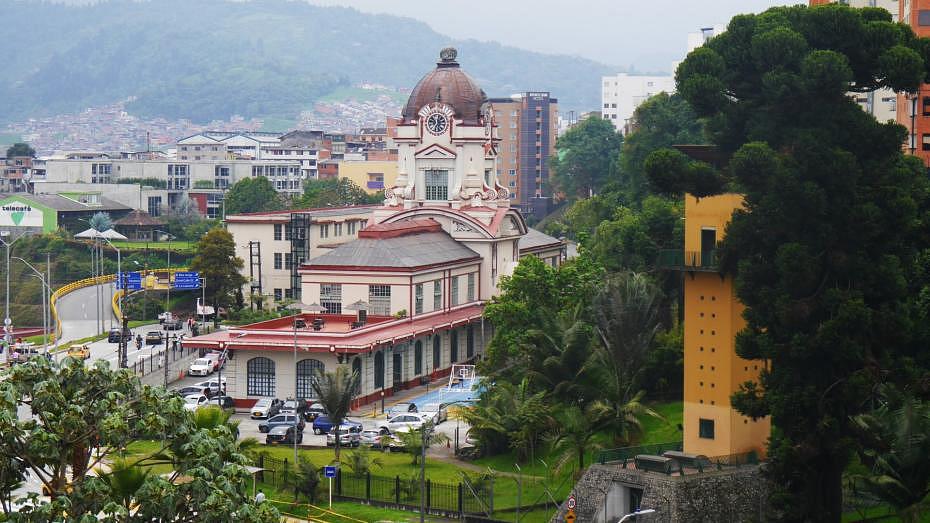
Proposed length of stay: 2 nights.
Manizales is the capital of the department of Caldas. Along with Pereira and Armenia, it is one of the three capitals of the Coffee Region. Manizales is by far the most beautiful and safe of the Axis’s three big cities.
Do not miss:
Founded in 1849 and located 2,153 meters above sea level, Manizales is one of the main commercial, educational, and administrative centers of the Paisa region.
The historic center of Manizales stands out for its republican architecture. It houses the neo-Gothic cathedral, the palace of the Governorate of Caldas, the Torre de Chipre, and the Parque Fundadores.
On the other hand, the east of the city is known for being the pink zone of Manizales and for housing the historic aerial cable station and the Herveo tower.
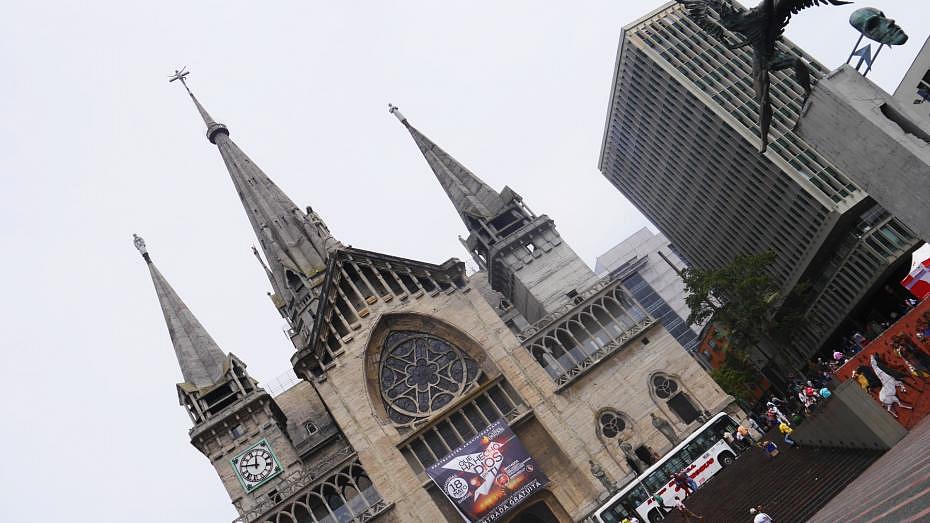
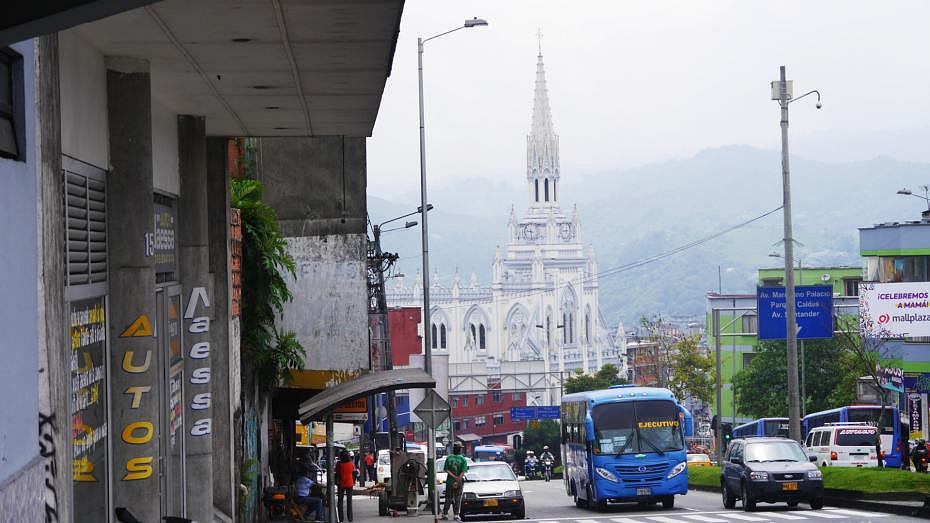
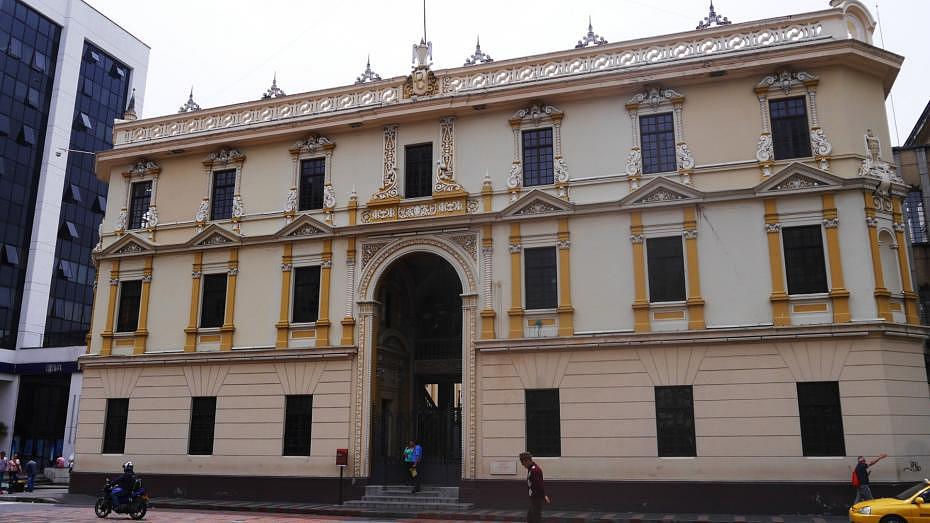
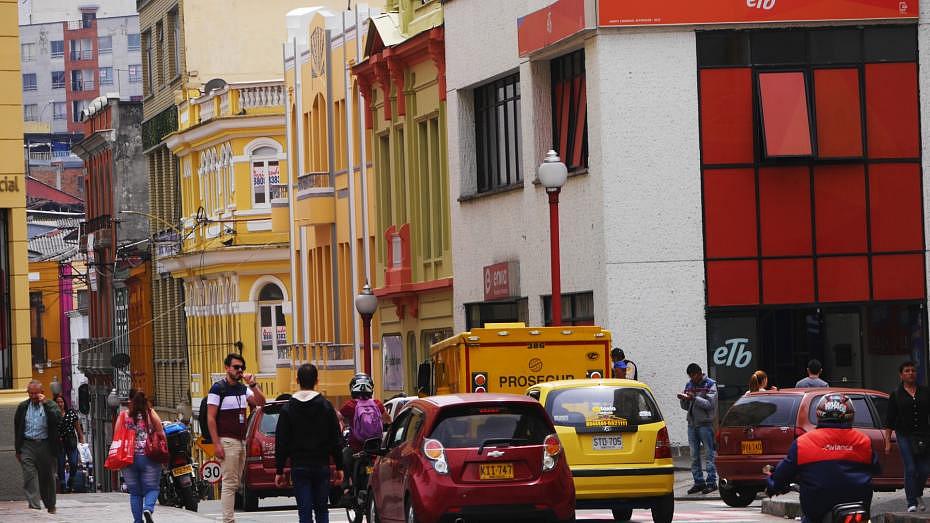
Near Manizales is the Nevado del Ruiz, a high Andean volcano with a height of 5,321 meters, part of the Los Nevados National Natural Park.
Manizales is the best starting point for any Cafetero Axis route for several reasons. Being the northernmost capital of the Axis, Manizales is a convenient port of entry whether traveling from Bogota or Medellin. Once you reach the capital of Caldas, you can continue the Coffee Triangle tour to the south (with the final destination, Cali or Popayán) or make a circular route.
Must-do activities in Manizales:.
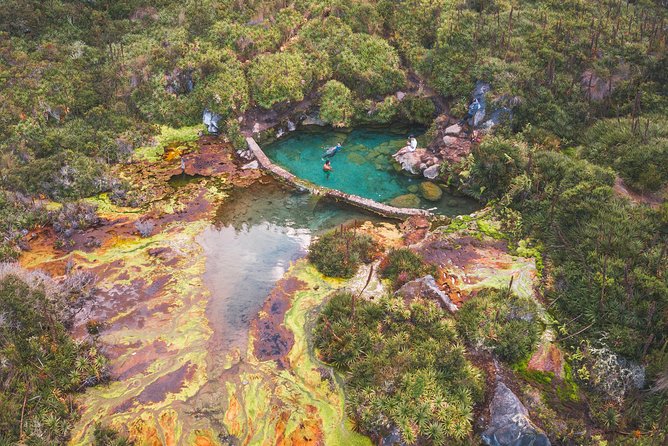
How to get to Manizales
How to get to Manizales by air
Manizales is served by La Nubia Airport, located 8 kilometers southeast of the city. This air terminal offers connections with Medellín and Bogotá through Avianca and Easyfly.
You can take a cab or bus from the airport and be in downtown Manizales in approximately 10 minutes.
How to get to Manizales by land
It is possible to travel to Manizales by bus from the other capitals of the axis, the trip takes 1 hour from/to Pereira and 3 hours to Armenia.
It is also possible to travel by land from Bogota and Medellin to Manizales, but the journey is much longer and more exhausting. The Bogotá —Manizales trip takes about 8 hours, and the Medellín —Manizales trip takes 5 and a half hours.
The Manizales bus terminal is in the city’s south and can be reached by aerial cable (cable car).
Recommended lodging in Manizales
- Hotel Lindsay (mid-range hotel in the east of the city).
- Motmot House Hostel (design hostel near Zona Rosa)
- Golden Frog Mountain Hostel (hostel económico en el centro)
- Hotel Varuna (boutique hotel)
2. Pereira
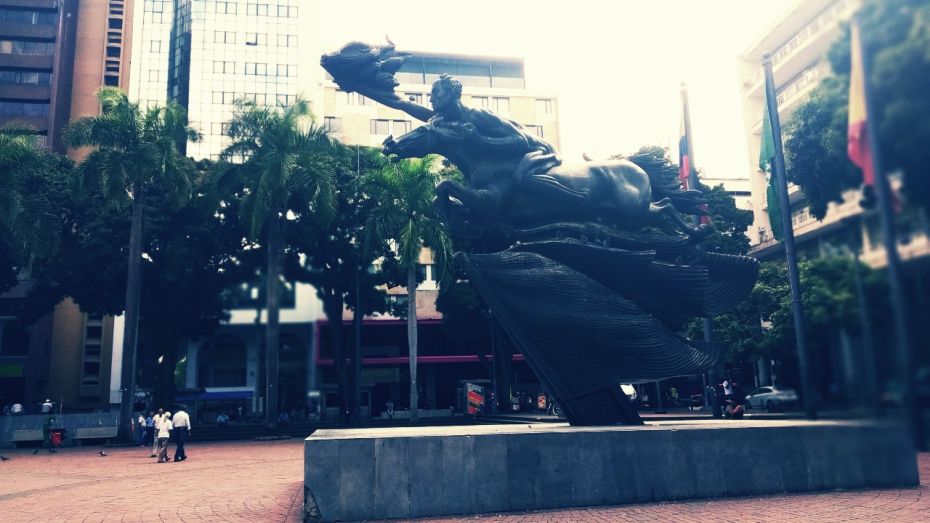
Proposed length of stay: 2 nights.
Pereira is the capital of the department of Risaralda and the largest city in the Coffee Triangle. Its geographic location, in the heart of the coffee-growing area, makes it an almost obligatory stop on any route through the Coffee Triangle.
Pereira is located in the valley of the Otún River, at an altitude of 1400 meters above sea level, and is a perfect base for exploring towns such as Salento, Filandia, and Santa Rosa del Cabal and natural attractions such as the Cocora Valley or the various thermal spas in the area.
From a tourist point of view, Pereira stands out as a modern and commercial city. Its relatively recent foundation (it was not officially established until 1863) means that it lacks colonial architecture.
The center of Pereira is articulated around the Plaza de Bolivar, which in turn is crowned by the statue “The Naked Bolivar” by Rodrigo Arenas Betancourt. This controversial equestrian sculpture departs from traditional canons and shows the Liberator without clothes.
The Zona Rosa de Pererira is located to the southeast of downtown, in the vicinity of Avenida Circunvalar. This lively area concentrates on nightlife venues, accommodations, and the popular Parque Arboleda Shopping Center.
Other attractions of Pereira include the Pereira Art Museum, the Cultural Center of the Bank of the Republic, and the Pereira Viaduct.
The capital of Risaralda is not only the largest city in the Coffee Triangle but also the best-connected city. Both by air and land, Pereira has the best transportation connections in this Colombian region.
Must-do activities in Pereira:
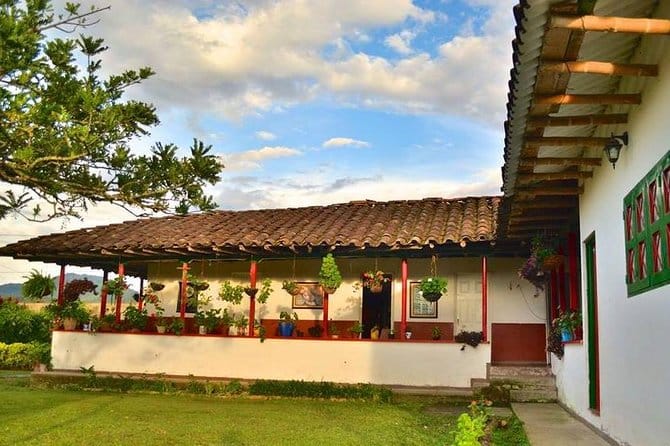
How to get to Pereira
How to get to Pereira by air
Matecaña International Airport is the busiest airport in the Axis. It has the largest variety of routes and air frequencies, including direct flights to Bogota, Medellin, Cartagena, and Santa Marta through Avianca, Easyfly, and Viva Air companies.
The Matacaña airport is located two kilometers west of the city center.
How to get to Pereira by land
The Pereira Transport Terminal is located south of the city center, near Avenida Circunvalar. It offers frequent connections to the capitals of the Coffee Region (Manizales and Armenia) and several of the smaller towns such as Salento, Santa Rosa de Cabal, Filandia, and Cartago.
Pereira also has multiple routes and frequencies to major Colombian cities such as Medellin, Bogota, Cartagena, Cali, and Popayan.
Recommended accommodation in Pereira
- Hotel Don Alfonso (hotel in Zona Rosa)
- Kolibri Hostel (budget hostel)
- Movich Hotel de Pereira (luxury hotel)
3. Santa Rosa de Cabal
Proposed length of stay: 0 -1 night (can be visited in one day from Pereira).
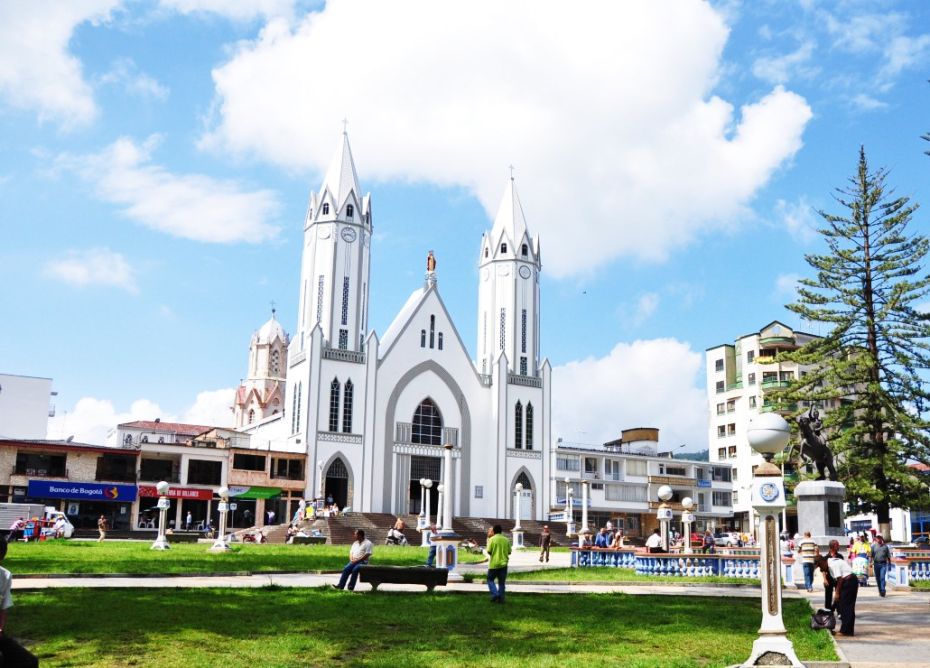
Santa Rosa de Cabal is a small town in the department of Risaralda. It is located about 15 kilometers northeast of downtown Pereira. This charming small Andean town is mainly famous for its hot springs.
In addition to its medicinal waters, Santa Rosa de Cabal is famous for its gastronomy, especially as the birthplace of chorizos santarrosanos.
Its historic center stands out for its typical houses of the Coffee Region, with wooden balconies and bright colors. The Termales Santa Rosa de Cabal, about 10 kilometers from the city center, is one of Colombia’s most important wellness destinations. This complex of artificial pools is located in a fantastic natural environment that includes trails, waterfalls, and lagoons.
Here, you can book a coffee tour + visit to the Santa Rosa de Cabal Hot Springs.
How to get to Santa Rosa de Cabal
How to get to Santa Rosa de Cabal by road
From the Pereira Transportation Terminal, getting to Santa Rosa de Cabal is very easy. There are frequent bus routes that make the trip in about 25 minutes. There are also direct buses from Manizales.
Buses are available every hour from Parque De Las Araucarias (the main square) to Termales de Santa Rosa, and cabs are also available.
Recommended accommodations in Santa Rosa de Cabal
- Hotel Los Cristales Santa Rosa de Cabal (hotel in Santa Rosa’s center)
- Hotel Termales San Vicente (hotel and spa)
4. Salento and the Cocora Valley
Proposed length of stay: 2-3 nights.
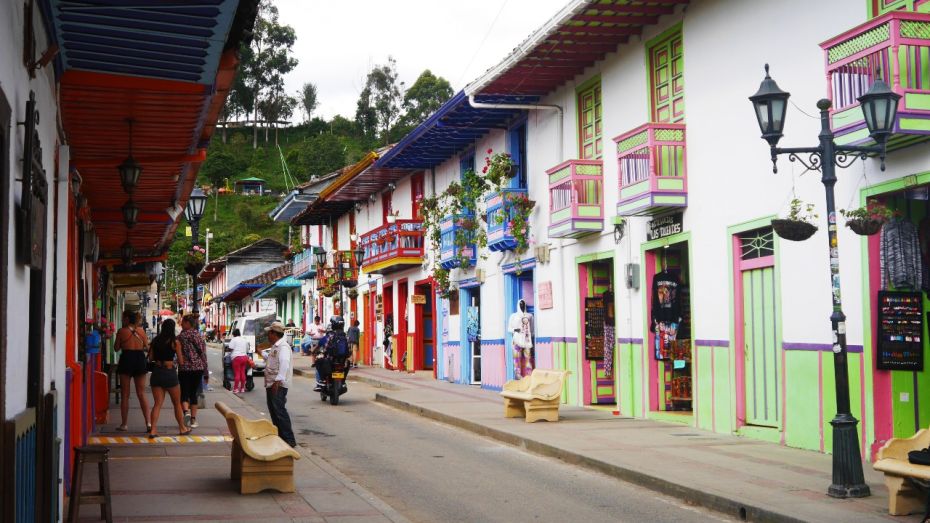
Although Manizales, Pereira, and Armenia are considered the main destinations within the Colombian coffee region, no Coffee Triangle itinerary would be complete without a visit to Salento. This small Andean town is, in many ways, the destination that brings together all the factors that make this region of Colombia a magical place.
Salento is located north of the department of Quindío, 36 kilometers south of Pereira and 26 kilometers north of Armenia. This idyllic town is surrounded by beautiful mountains and coffee farms and is considered the gateway to visit the Cocora Valley.
Despite being one of the most visited destinations in the Eje Cafetero, Salento is not a place with many tourist attractions per se. Its magic lies in its narrow streets lined with colorful Andean houses, its multitude of craft stores, typical restaurants, and quiet corners surrounded by nature.
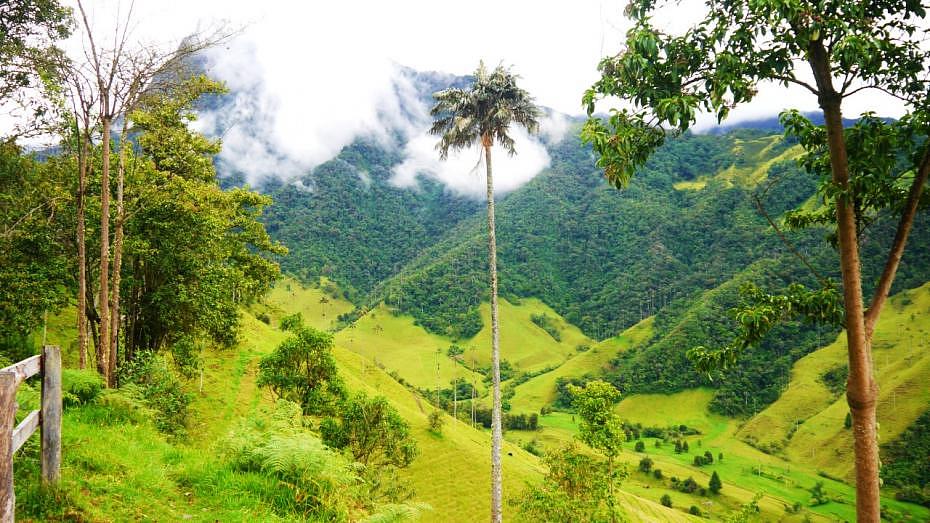
On the other hand, the Cocora Valley is one of the most fascinating natural corners of the country. This natural corner is famous for hosting many wax palms, Colombia’s national tree, and the world’s tallest palm trees.
The park offers several hiking trails of varying difficulty that cross rivers, mountains, and forests. It also includes a butterfly farm where you can also see hummingbirds.
Here you can book tours in Salento and the Cocora Valley.
How to get to Salento
How to get to Salento by land
Salento has direct connections from Armenia and Pereira’s transportation terminals. Frequent bus routes make the trip in just over an hour from Pereira and an hour from Armenia.
To get to the Cocora Valley, 4×4 jeeps leave from the main square in Salento to the park entrance. The jeeps leave when full.
Recommended accommodation in Salento
- Hotel Camino Nacional Salento (a three-star hotel in the center of Salento).
- Casa de la Ciencia (budget accommodation)
- Mirador de Cocora (great hotel with a view)
5. Armenia
Proposed length of stay: 2 nights.
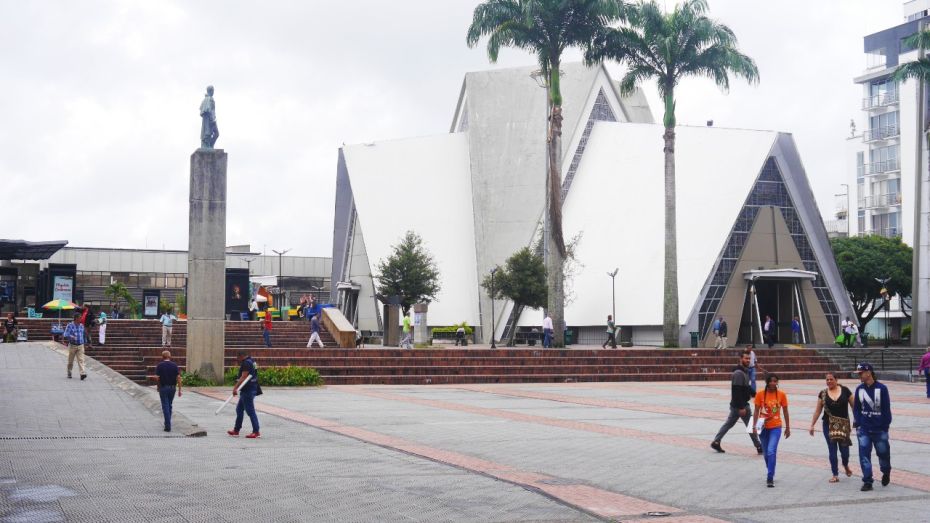
Armenia is the capital of the department of Quindío. It is the smallest and youngest capital of those that make up the Colombian Eje Cafetero. Like Pereira, the center of Pereira has a modern character and very few buildings of historical value.
Armenia’s main tourist attraction is the Museo del Oro Quimbaya, which houses a large collection of goldsmith, ceramic, and stone objects from the pre-Columbian civilizations of central Colombia.
That said, Quindio’s capital is an excellent base for exploring the area’s coffee farms and is very well connected to other locations in the Eje Cafetero, Valle del Cauca, and Tolima.
Do not miss:
Must-do activities in Armenia:.
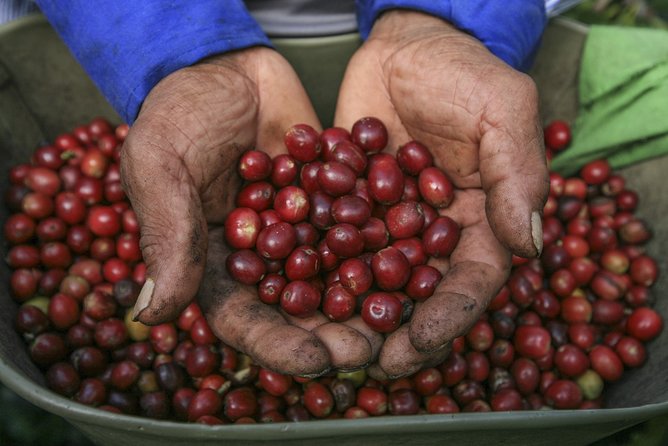
How to get to Armenia
How to get to Armenia by air
El Eden International Airport serves Armenia. This airport offers direct connections through Avianca, Easyfly, and LATAM Airlines to destinations such as Bogota and Medellin.
El Edén is located 15 kilometers southwest of the city center.
How to get to Armenia by land
The Armenia Transportation Terminal is located in the south of the city. It offers frequent connections to all of Quindío (including Filandia and Salento), Pereira, Manizales, Valle del Cauca, Tolima, and more distant destinations such as Bogotá and Medellín.
Recommended accommodation in Armenia
- Hotel Café Avenida (mid-range hotel in Zona Rosa)
- Casa Quimbaya Backpackers Hostel (budget hostel)
- Mocawa Plaza Hotel (luxury hotel)
6. Cartago
Proposed length of stay: 1 night.
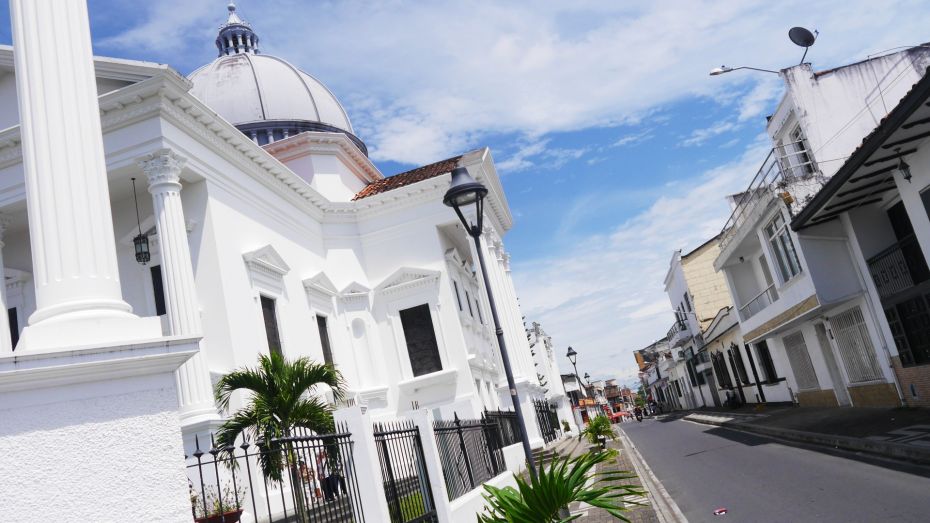
Although technically not a part of the Coffee Triangle, this small town is an ideal stopping point to close a Colombian coffee route, especially if you plan to visit Cali on the same trip.
This town, halfway between the Paisa and Valle del Cauca cultures, is an emerging tourist destination that still does not receive the number of visitors you can see in other cities of the coffee region.
Unlike most of the cities in the Coffee Triangle, Cartago has several historic attractions from colonial and republican times, among them the Viceroy’s House and the Cathedral of Nuestra Señora del Carmen.
How to get to Cartago
How to get to Cartago by land
Cartago is located on the main road connecting Cali and Pereira. Several transportation companies, such as Colectivos del Café, Coochoferes, Expreso Alcalá, and Tax Cartago, offer bus service from both cities.
The trip takes about 30 minutes from the Pereira bus terminal, and there are many daily frequencies.
From Cali, the trip takes about two hours.


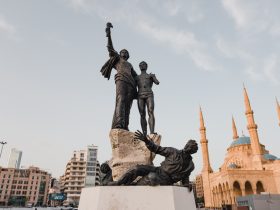
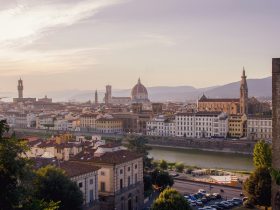
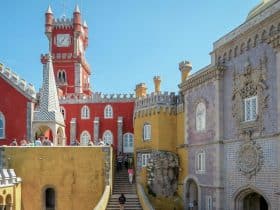
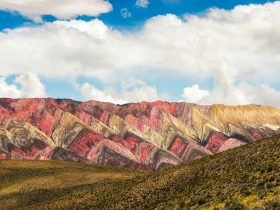
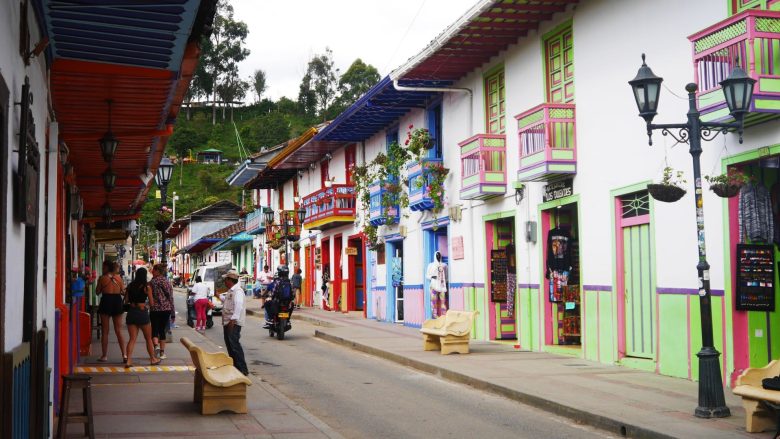
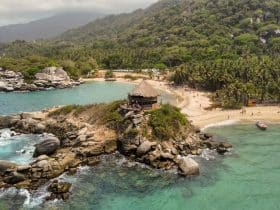
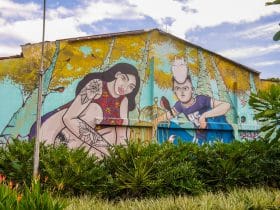
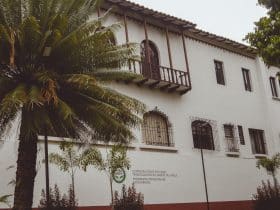
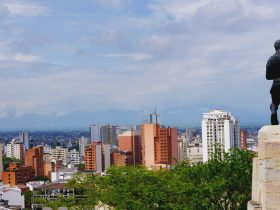
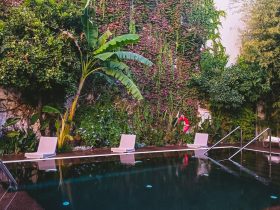
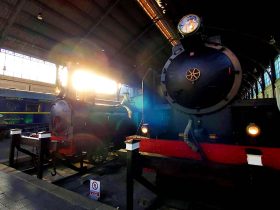
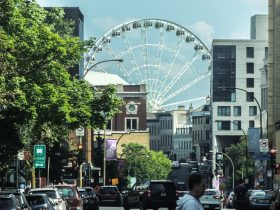
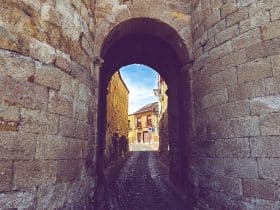










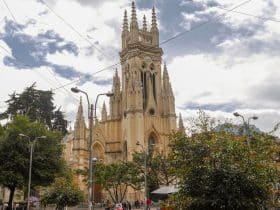
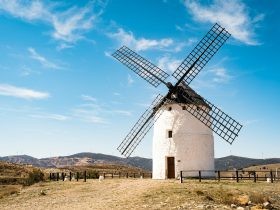
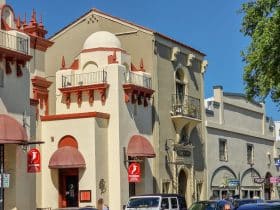

Leave a Reply
View Comments